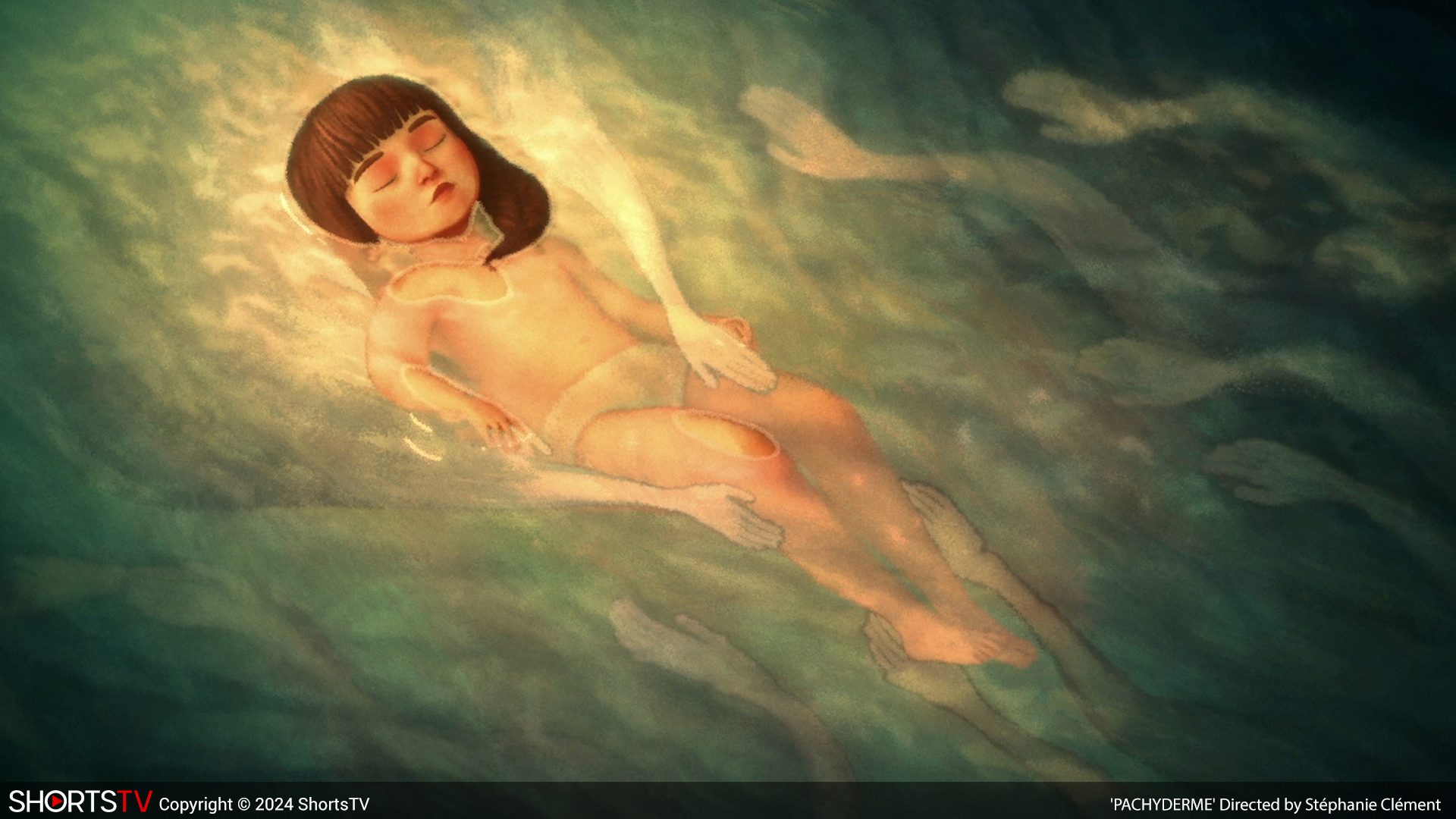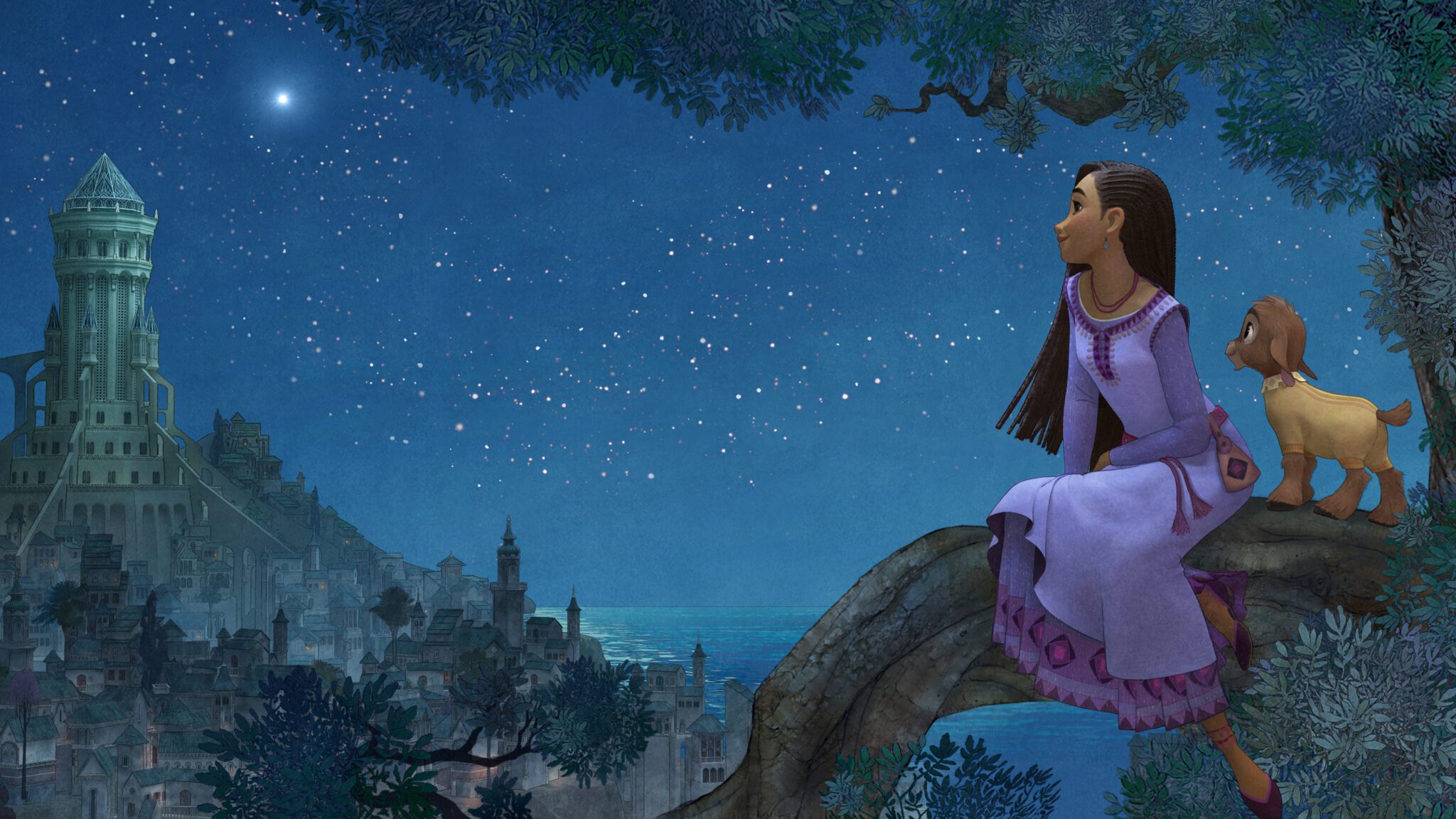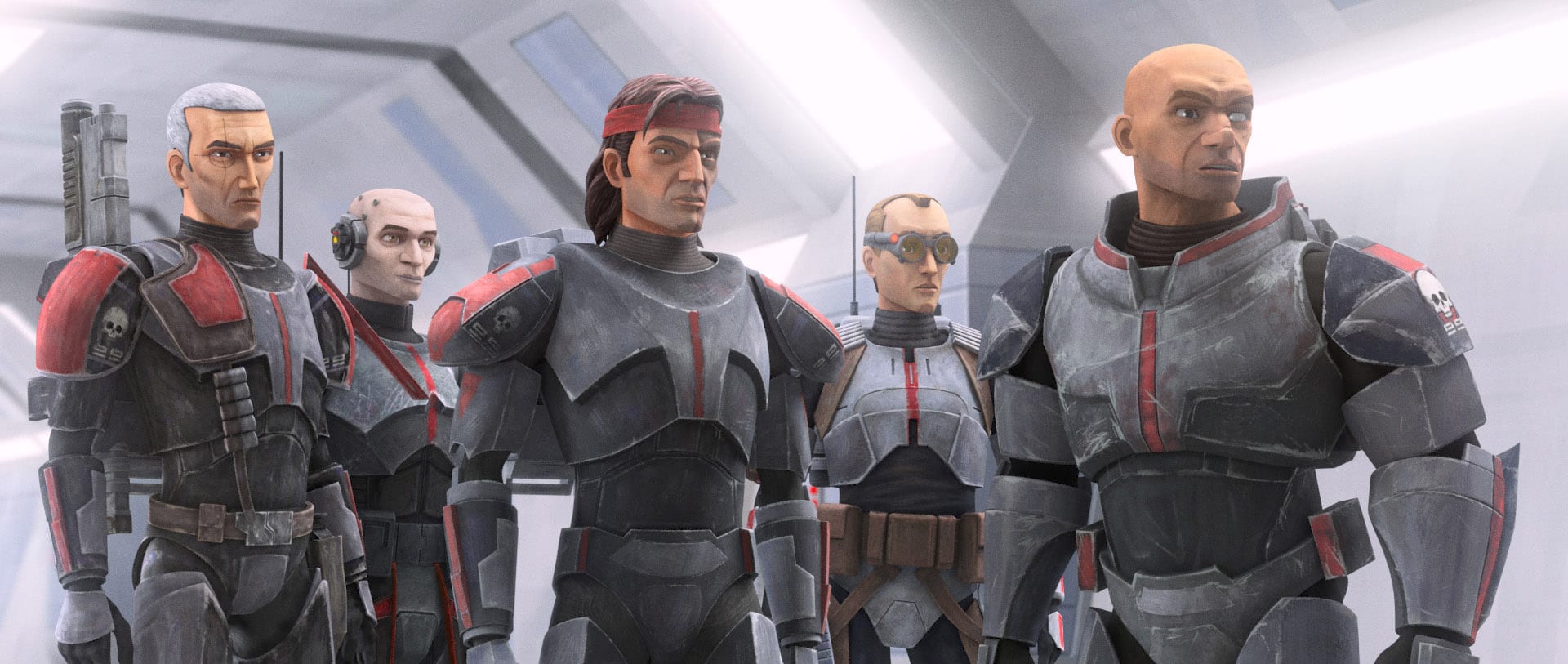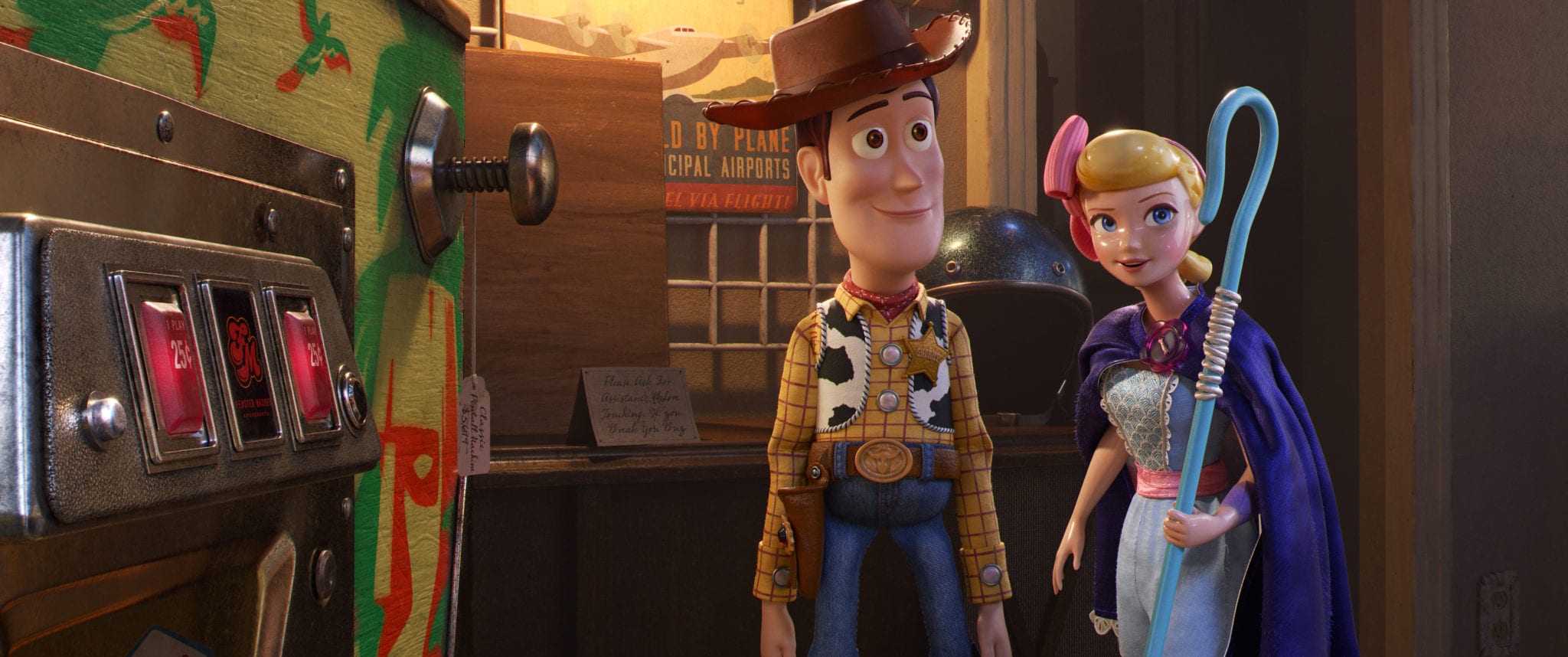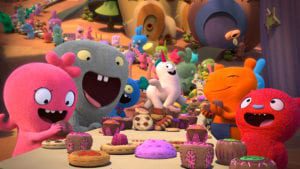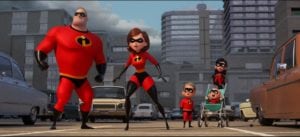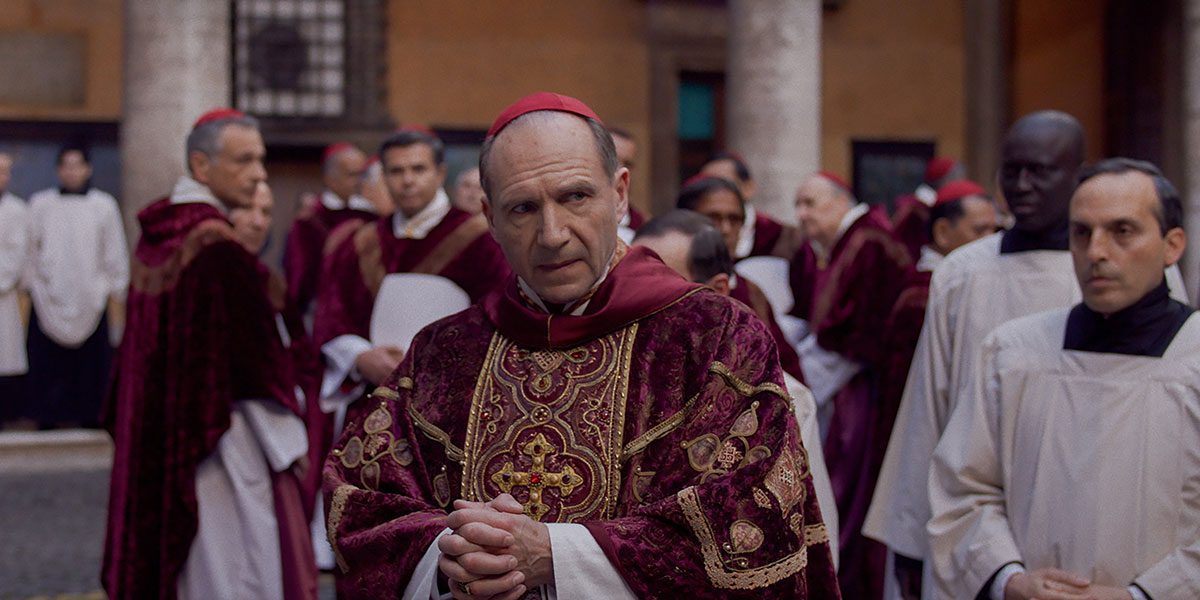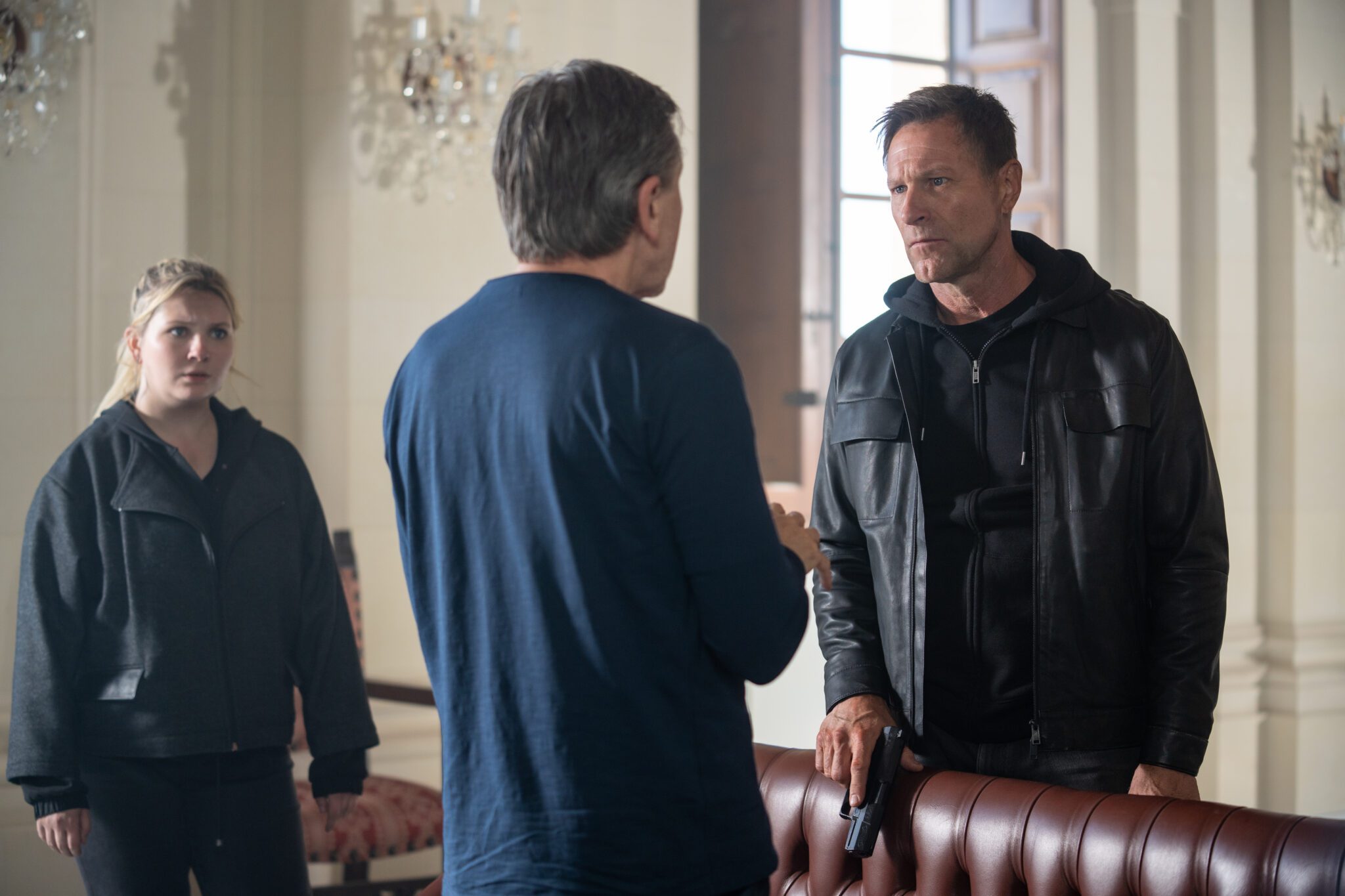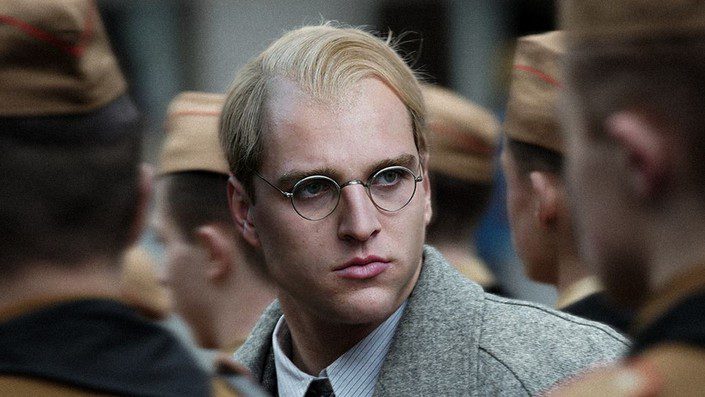Animated shorts may make us think of cartoons, but often they are much more. This year’s Oscar®...
animated
“All our dreams can come true if we have the courage to pursue them.” – Walt Disney Based...
It?s hardly a secret that May the 4th?has taken on a life of its own. Though it...
?I?m afraid one day you?ll end up in a cage. ?I?m already in a cage!? Wolfwalkers is...
Life is going along just fine, but then a virus begins spreading, threatening everything and everyone. That...
Dilili in Paris is a celebration of fin de si?cle Paris. While it is an animated story...
After nine years, the beloved Disney-Pixar Toy Story franchise continues in Toy Story 4. It brings back...
Have some fun with your family this weekend! The free-spirited UglyDolls confront what it means to be...
Produced by Brigham Taylor (Jungle Book, Tomorrowland), Disney?s Christopher Robin reintroduces fans to such beloved characters as...
Incredibles 2 continues the story of the Parr family from The Incredibles. While it is ostensibly a...

